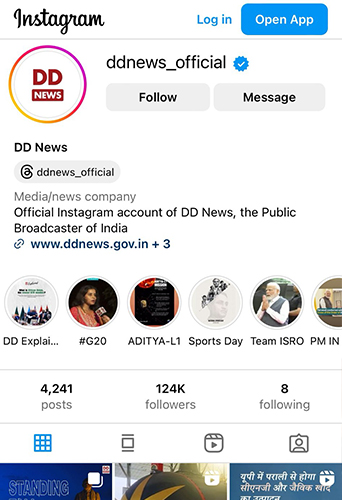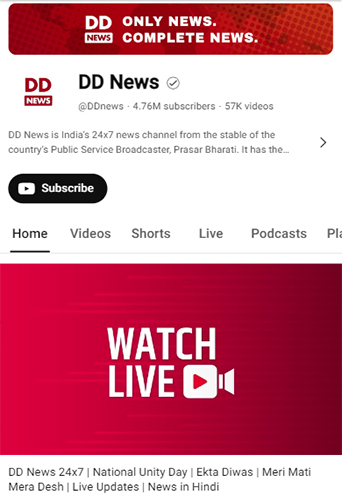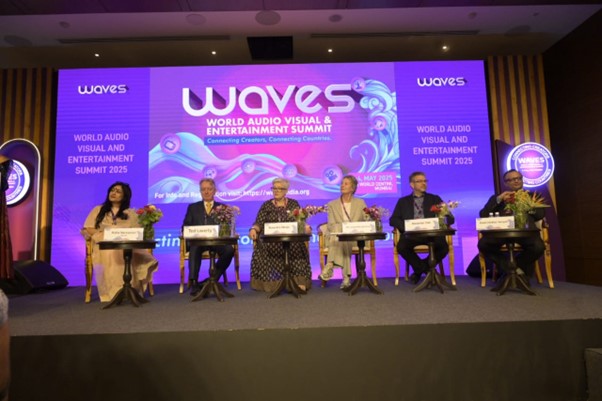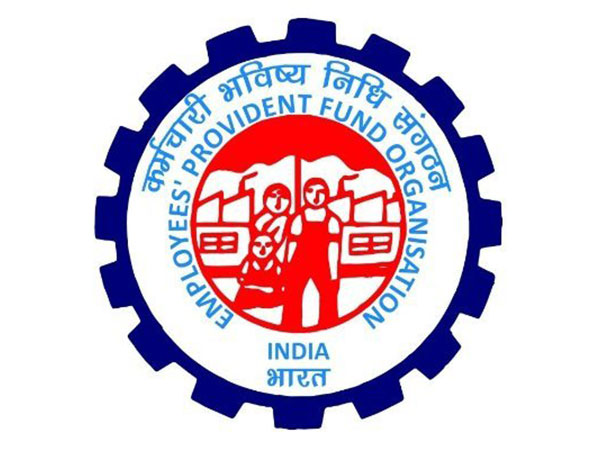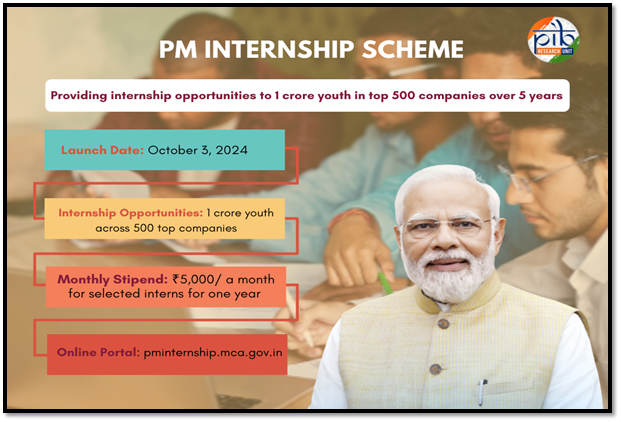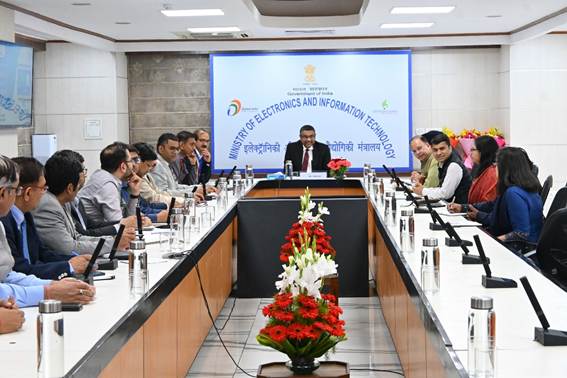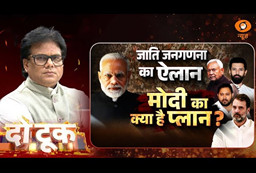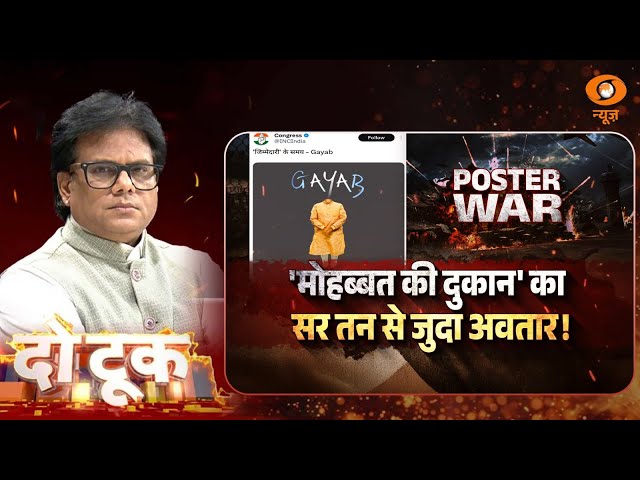A dynamic panel discussion titled ‘Radio Reimagined: Thriving in the Digital Age’ at WAVES 2025, organized by the Ministry of Information & Broadcasting, brought together global radio industry leaders to explore the evolving landscape of radio broadcasting. Held in Mumbai, the session highlighted digital radio as the medium of the future while emphasizing the need for analog radio to coexist, particularly in India’s diverse and vast market.
Moderated by Nisha Narayanan, Director & COO of Red FM, the panel featured Jacqueline Bierhorst, a pioneer of commercial radio; Ruxandra Obreja, Chairman of Digital Radio Mondiale (DRM); Alexander Zink, Vice Group Leader of DRM; Shashi Shekhar Vempati, former CEO of Prasar Bharati and Co-Founder of Deep Tech for Bharat; and broadcast technology expert Ted Laverty. The discussion underscored the transformative potential of digital radio while addressing challenges and opportunities for the industry in India.
Jacqueline Bierhorst highlighted digital radio’s advantages, including superior sound quality, reliable transmission, and multimedia integration. “Digital radio is likely to be the primary format in the future,” she said, noting cost savings in switching from analog to digital. However, she and Alexander Zink stressed analog radio’s critical role during emergencies like floods or terrorist attacks, when digital networks may fail. Ruxandra Obreja emphasized preserving analog radio in India, which reaches 600,000 villages, stating, “The challenge is to introduce new technologies without disrupting the old ones.”
Bierhorst introduced the “new 5Cs” for thriving in the digital radio era—Coverage, Content, Consumer Devices, Car, and Communication—replacing the classical 5Cs (Conciseness, Clarity, Confidence, Control, Capability). She urged ensuring radio networks target listener-heavy areas. Ted Laverty highlighted tools like Radioplayer and Radio FM apps in Europe, which measure listenership without compromising privacy, suggesting similar approaches for India through apps, surveys, and listening diaries.
The panel unanimously agreed that compelling content is the cornerstone of radio’s success. Nisha Narayanan raised concerns about high license fees for private FM stations, which often limit content to popular music. Bierhorst cited Absolute Radio’s success in the UK, driven by educational and promotional activities, as a model for engaging audiences. Alexander Zink noted digital radio’s ability to offer visuals and text alongside audio, expanding audience reach. Ted Laverty called for diverse content to cater to varied listener groups and an ecosystem supporting affordable devices and favorable platforms like Android.
Ruxandra Obreja highlighted digital radio’s energy-saving potential through efficient modulation and single-frequency networks. However, she cautioned against fully phasing out FM, noting that complete digitization, attempted in some European countries, is not a universal solution. She urged policymakers to consider commercial radio stations’ needs when crafting interventions.
India’s vast radio market, reaching nearly 90 crore people through Prasar Bharati, was described as a “golden goose” by Obreja, with billions of mobile phone users as a key asset. Shashi Shekhar Vempati called radio “the original public good,” emphasizing its broad societal reach and the need for coordinated public action. He advocated for policies mandating radio in certain devices and supporting both AI-powered and traditional devices.
Ted Laverty proposed leveraging initiatives like ‘Make in India’ to incentivize radio device manufacturing, while Obreja suggested forming a digital radio consortium to enhance accessibility through cars, mobile phones, and affordable radio sets. The panel also recommended collaboration among commercial stations in major cities to share transmission infrastructure.





